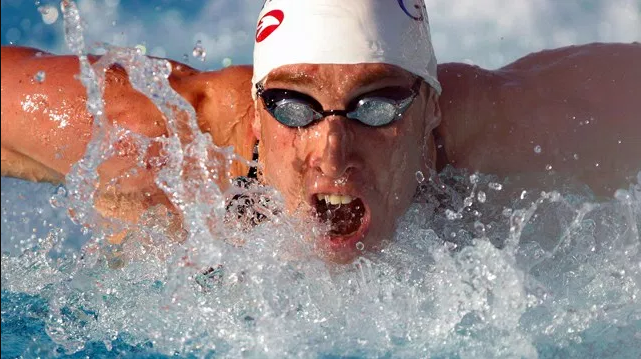Oftentimes an athlete approaches a physician with a sense that something is wrong. This is usually normal and the athlete will subsequently be told that there is nothing wrong after all. But something is wrong if the athlete isn’t feeling well.The six stages of injury allow you to understand your body.
Addressing the initial stages of illness or injury before the occurrence of symptoms manifest themselves has been problematic in western sports. In contrast, eastern philosophy teaches that the injury is in its later stages when it reveals itself to the body. Usually, weakness or injury first occurs as awareness .Similarly, when an injury begins to regress, the first changes occur in our consciousness. The athlete often knows he or she is getting better before the doctor can detect any changes in an objective study.
Eastern philosophy recognizes six stages of a disease. Each of which may continue for some time. The athlete perceptive awareness of each stage however always perceives any measurable or observable changes. As you read the descriptions below, notice how the first 3 stages of occurring in the yet to be manifested field of physiology, while only three stages occur at the material level.
accumulation As a result of less-than-ideal choices, imbalances begin to accumulate in the body. The cause of the imbalance can be traced to some toxicity which may be a physical environment ,in a food or even in a relationship
Aggravation – If the accumulation of toxicity progresses the body begins to distort normal functioning in a subtle manner.
Dissemination – At this stage, the imbalance is no longer contained. The athlete experiences vague systematic symptoms such as fatigue or generalized discomfort.
Localizationeventually the toxic imbalance localizes in an area of your anatomy where some weakness or injury exists perhaps due to an old trauma or some inherited weakness or tendency
Manifestation – If the process is allowed to go further ,an obvious dysfunction is revealed ,perhaps as a muscular flare-up ,arthritic joint pain an early stage of infection or some other weakness
Disruption – Finally if efforts to reverse the weakness process are not instituted the stage of disruption is reached with the arrival of a full-blown illness or injury
What actually prevents the onset of these stages is proper supplementation and nutritional awareness. When questioning the need to eat properly , take the supplements, ice, and stretch after practice.Your answer lies somewhere in the six stages.

